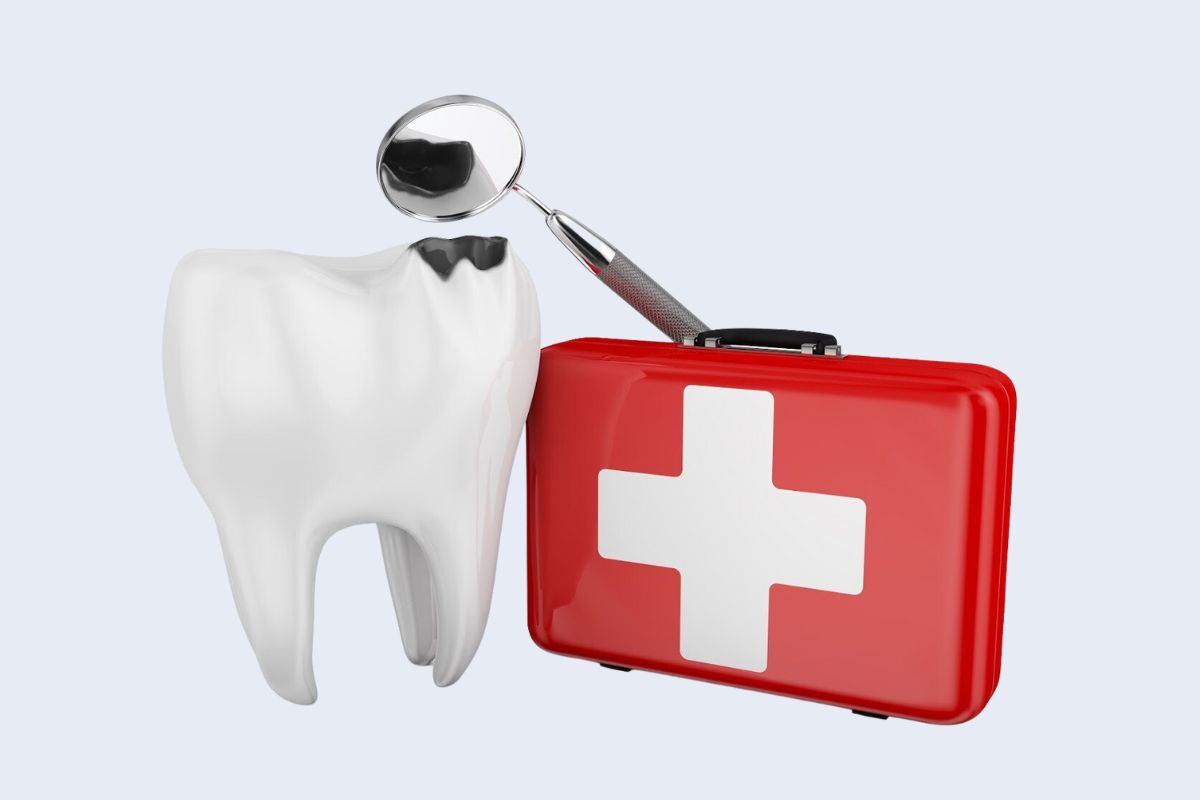Handling Common Dental Emergencies
Dental emergencies affecting your oral health can occur anytime, and being prepared for such situations can help a lot. In most cases, a dental emergency calls for quick care. Certain dental or gum injuries have the potential to worsen and cause more harm. It is essential to contact your dentist as soon as possible or go to the emergency room for treatment for a dental emergency. Here is a simple guide to help you handle common dental emergencies effectively.
What is a Dental Emergency?
Any dental issue requiring immediate attention and care comes under dental emergency. Not all dental problems and issues are considered dental emergencies.
The dental emergency involves bleeding in your mouth that won't stop, broken facial bone, and severe pain that does not relieve even after taking the medications. If you are suffering from one of these, you need instant dental care.

Common Dental Emergencies and Their Preventive Measures
-
1. Severe Toothache: If you are suffering from a persistent toothache that does not go away even after taking painkillers, here are some tips you should follow.
What to Do:
- Rinse your mouth with warm water.
- To remove any food stuck between your teeth, use dental floss.
- Don’t put aspirin directly on your gums.
When to see a Dentist:
- If the pain doesn’t go away or is severe.
- If you have swelling or fever due to the pain.
-
2. Chipped or Broken Tooth: Have you accidentally bitten down on something too hard that has led to a crack in your tooth? A cracked or damaged tooth not only affects your beautiful smile but can also be painful as much as it hinders your dental functionality.
What to Do:
- Rinse your mouth with warm water.
- Try to save any pieces of the broken tooth.
- Apply a cold compress to reduce swelling.
When to See a Dentist:
- If you have sharp pain or the tooth feels loose.
- If the broken piece is causing trouble with eating or talking.
-
3. Knocked-Out Tooth: Knocked-out teeth can result from accidents or trauma to the tooth. If your tooth is knocked out, you are advised to take action as soon as possible to save it.
What to Do:
- Pick up the tooth by the top (crown), not the root.
- Gently rinse it with water if it’s dirty (don’t scrub it).
- Try to put the tooth back into its socket if you can.
- If you can’t reinsert it, place the tooth in milk or inside your cheek pocket where saliva is present.
When to See a Dentist:
- Get to the dentist right away, ideally within 30 minutes. The sooner you get help, the better the chances of saving the tooth.
-
4. Lost Filling or Crown: Crowns and fillings are used to repair damaged teeth, restoring their appearance and function. Therefore, seeking immediate treatment if teeth become damaged is important to prevent further harm or reinfection.
What to Do:
- For a broken crown, retrieve it in a safe container, or in tissues, and visit the dentist.
- For a lost filling, use over-the-counter dental cement to cover the cavity temporarily until you reach a dentist.
Preventive Measures:
- Do not chew on the side where the filling or crown was lost.
-
5. Abscessed Tooth: Infections that develop around the base of a tooth or in the area between the gums and teeth are known as abscesses. If not treated promptly, they can harm surrounding teeth and tissue and potentially spread to other body areas.
What to Do:
- To help with pain, clean the area and rinse your mouth with warm salt water.
- Do not use heat on the swollen area.
When to See a Dentist:
- If you have severe pain, swelling, or trouble swallowing.
Conclusion
Knowing how to handle dental emergencies can help you stay calm and deal with issues quickly. Always seek professional dental care as soon as possible to address the problem properly. Keep your dentist’s contact information handy, and make sure you have a plan for dental emergencies. At Srishti Dental Clinic, you will get immediate attention to your emergency dental care in Madhapur.



